Infinite Scroll vs Pagination: How to Balance UX and SEO
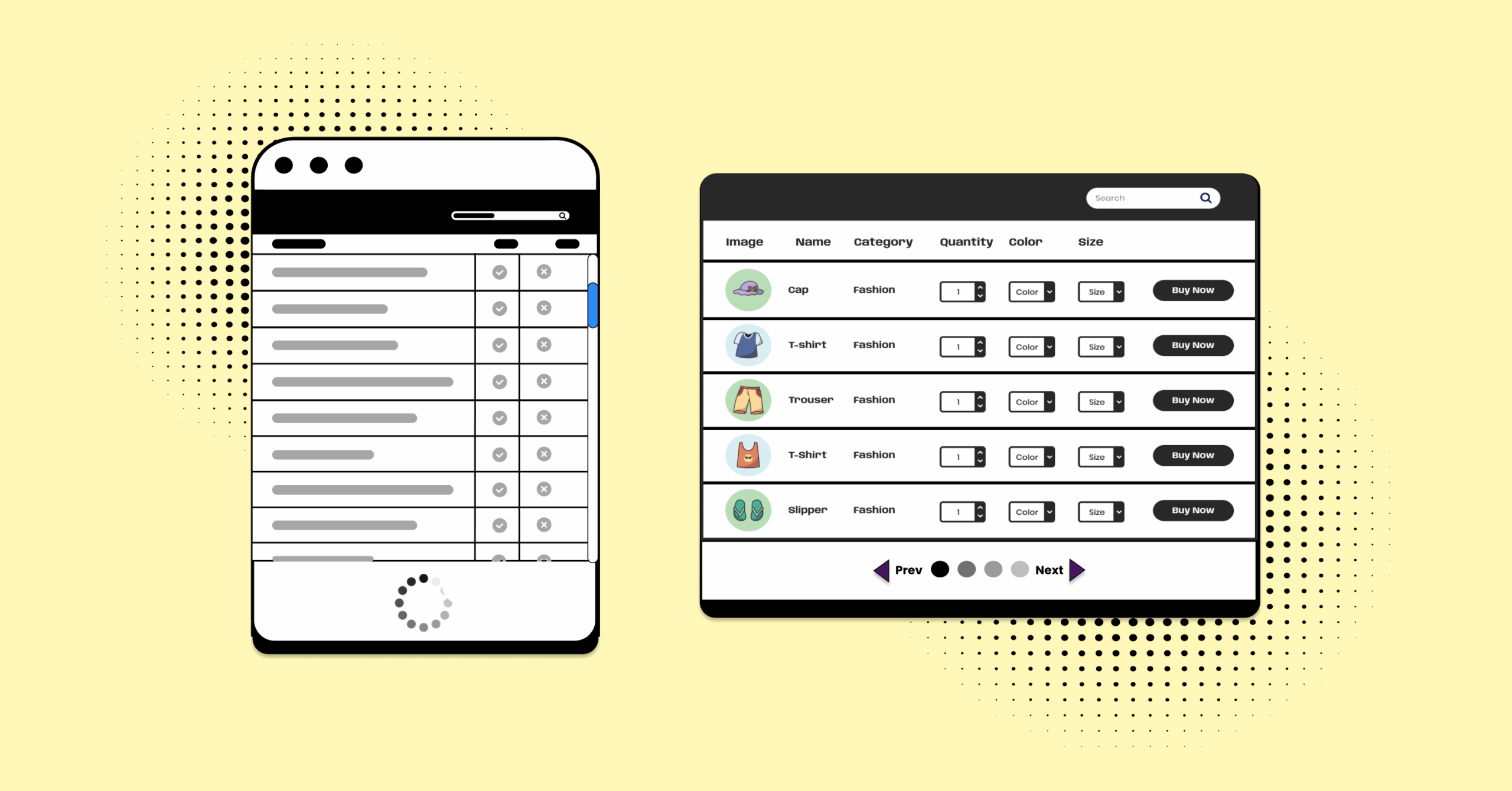
Takeaways:
Infinite scroll and pagination directly influence how users browse, how search engines see your site, and how easily shoppers make purchase decisions. Scrolling feels effortless but can hide content and disorient users. Pagination gives structure, conversion, and clarity, but slows the flow. The sections ahead break down where each works best, with practical UX, SEO, and use case insights to guide your choice and conversion.
Infinite scrolling and pagination: we’ve all tasted both. Back in the peak days of Opera Mini, Facebook meant page hopping: 1, 2, 3, Next. Today it’s endless scroll, scroll, scroll. But in other contexts, the roles quietly flipped. Intent changed, debates grew louder. Designers, SEO specialists, and UX experts all have their say on it.
Now imagine Facebook or Twitter making you click “Next page” for more posts. Horrifying. Yet on an e-commerce site or product table, page 2 can feel like oxygen. That’s why the debate refuses to die.
You’re not dealing with a simple “this vs that” choice here. You’re looking at two fundamentally different approaches to organizing information, each with its own superpowers and kryptonite. The real question: which one fits your users, content, and goals?
Let’s see how it all fits into our narrative.
Understanding the Difference
The divide isn’t on which pattern wins overall. It’s the pattern that wins for your specific users, content, and business goals. Because here’s the thing that separates successful products from digital graveyards: understanding when to use each approach and why.
Infinite scroll is like Doctor Strange opening Sling Ring inter-dimensional portals in which Loki kept falling for 30 minutes straight. That’s the scroll: you tumble forward endlessly, and new content keeps appearing, almost magical, almost exhausting.
Pagination is like using a time machine. You choose the exact year, place, or moment you want to visit. Each page works the same way: clear, predictable, and easy to return to. You always know where you began, where you must stop, and where to go back if you missed something. (Whimsical much!)
(Practical Note: We’ll throw Ninja Tables in right now because when it comes to comparing patterns like this, having a responsive, quick table makes it easier for readers to see differences instead of wading through paragraphs. You’ll see it in action below.)
Factor | Pagination | Infinite Scroll |
User Orientation |
|
|
Info Processing |
|
|
Navigation |
|
|
SEO |
|
|
Accessibility |
|
|
Mobile UX |
|
|
Performance |
|
|
Analytics |
|
|
Best Fit |
|
|
Pagination for Clicks and Conversion
Pagination divides content into separate pages. For goal-driven users who are shopping, researching, or exploring a product catalog, those breaks provide structure. It makes side-by-side comparisons easier. With pagination jump to page, users can quickly return to the exact spot they left off without losing context. Numbered pages act as landmarks that are easy to bookmark and revisit.
Pagination has roots in the early days of tables and spreadsheets. It gave users more control over how much they viewed at once. That sense of control is still the appeal; it lets people decide how much to view at once and how fast to move through it.
Control, however, comes with costs. Pagination interrupts the flow of continuous scrolling. It slows the pace of consumption, but it also creates intentional pauses. Each click becomes a decision point, and those decisions often lead to a purchase.
| Image | Name | Category | Price | Choose | |
|---|---|---|---|---|---|
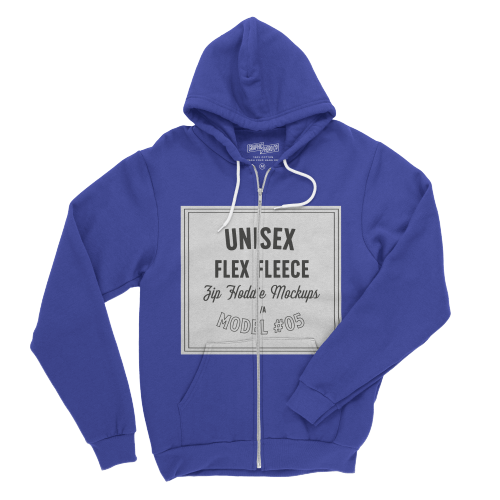 | Blue Hoodie (Zipper) | Hoodies | Original price was: $40.00.$35.00Current price is: $35.00. | | |
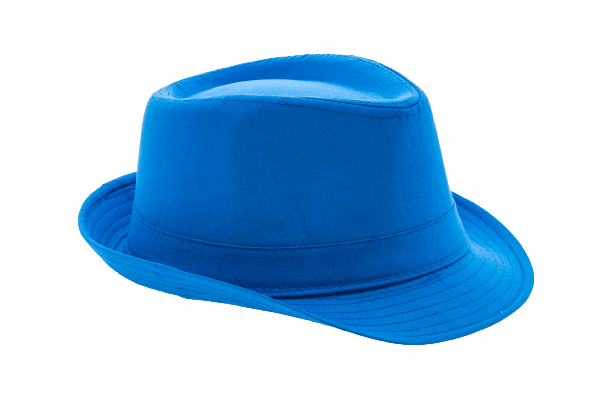 | Hat | Hat | Original price was: $20.00.$15.00Current price is: $15.00. | | |
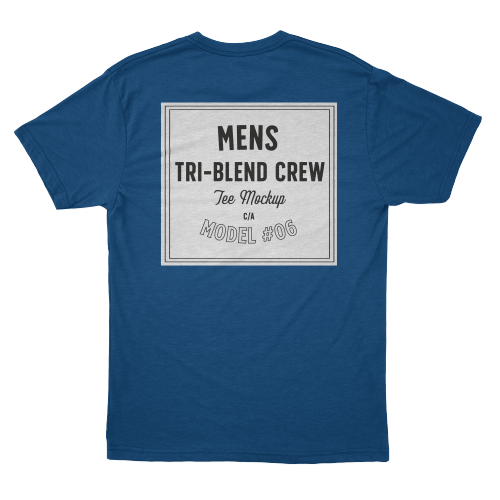 | T Shirt | Half sleeve | $45.00 | | |
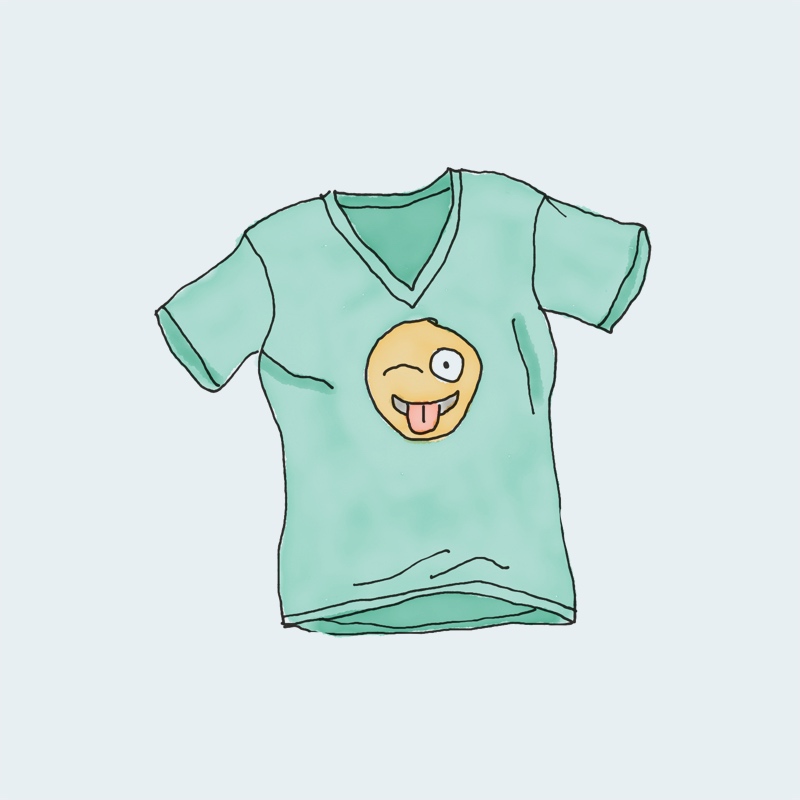 | T-Shirt with Logo | Tshirts | Original price was: $10.00.$8.00Current price is: $8.00. | | |
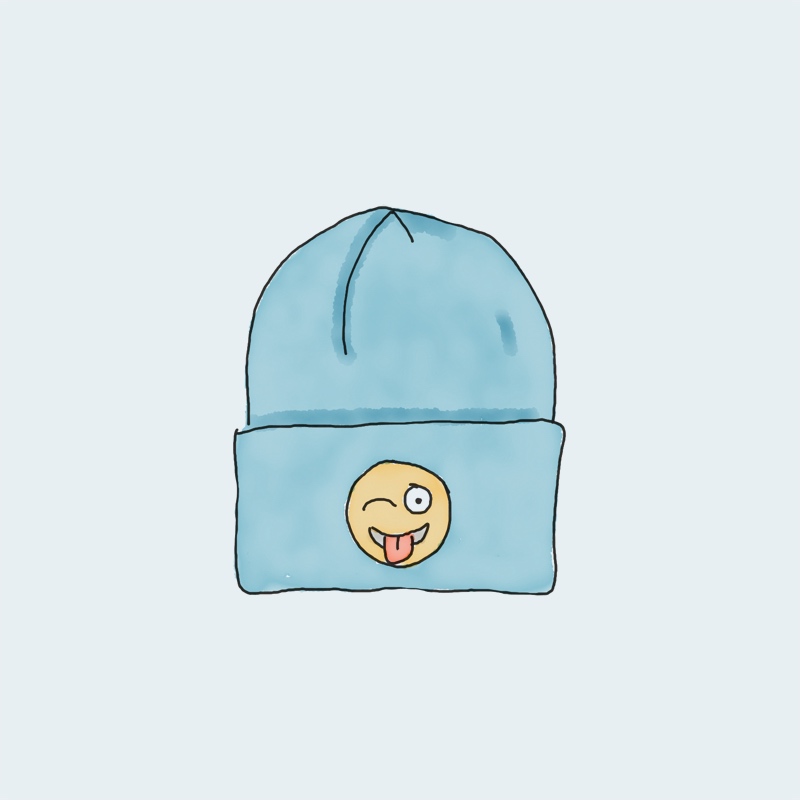 | Beanie with Logo | Accessories | Original price was: $20.00.$18.00Current price is: $18.00. | | |
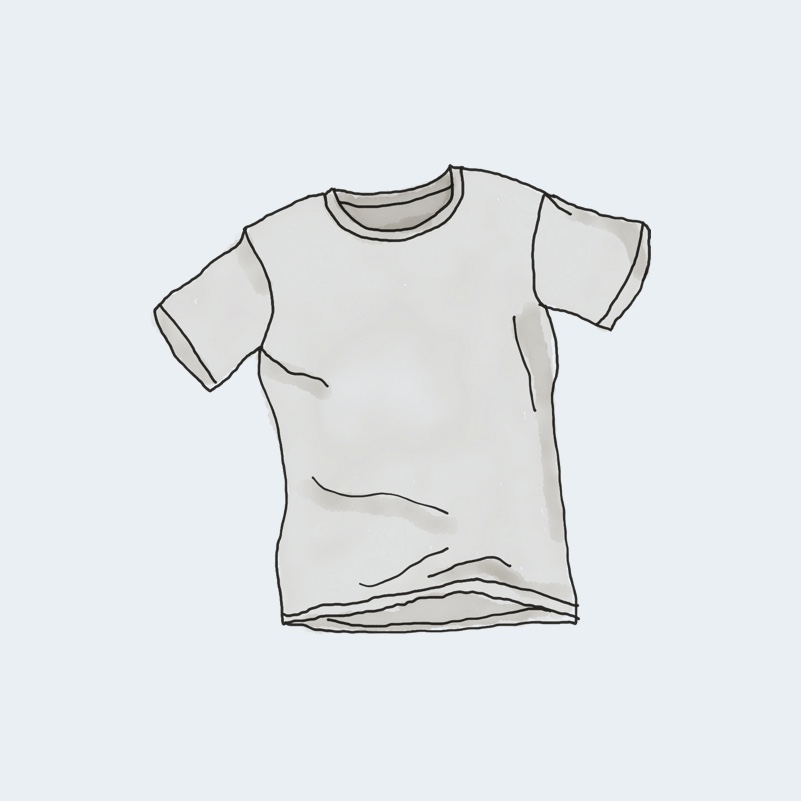 | T-Shirt | Tshirts | $18.00 | | |
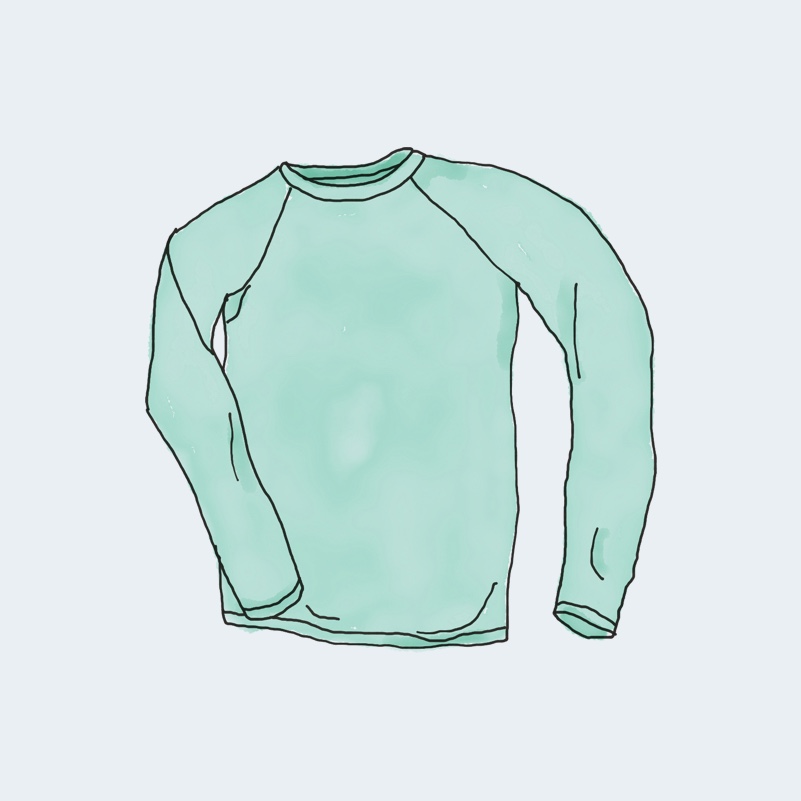 | Long Sleeve Tee | Tshirts | $25.00 | | |
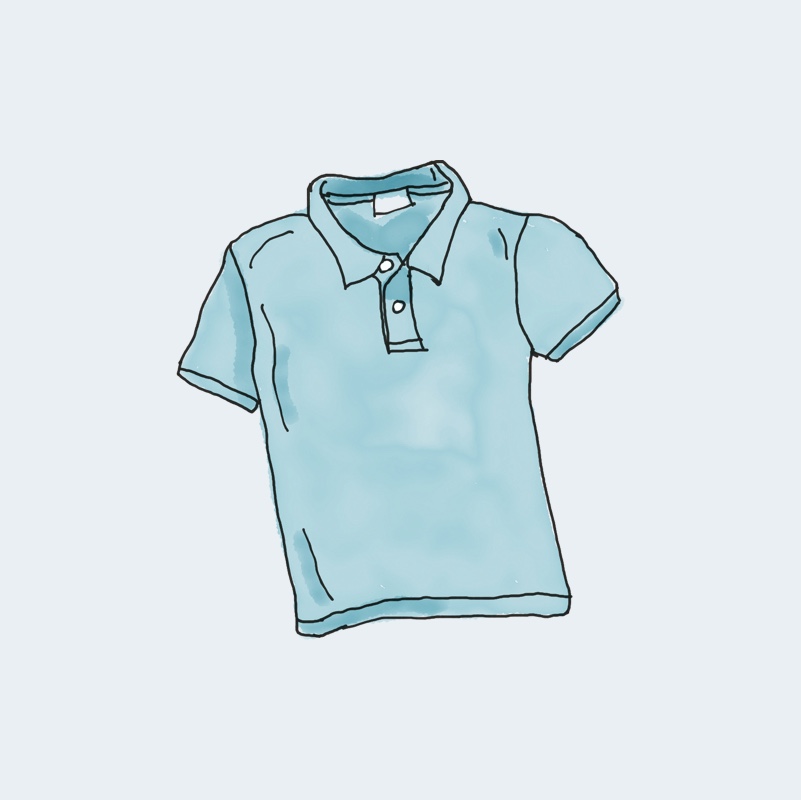 | Polo | Tshirts | $20.00 | | |
 | Hoodie with Logo | Hoodies | $45.00 | | |
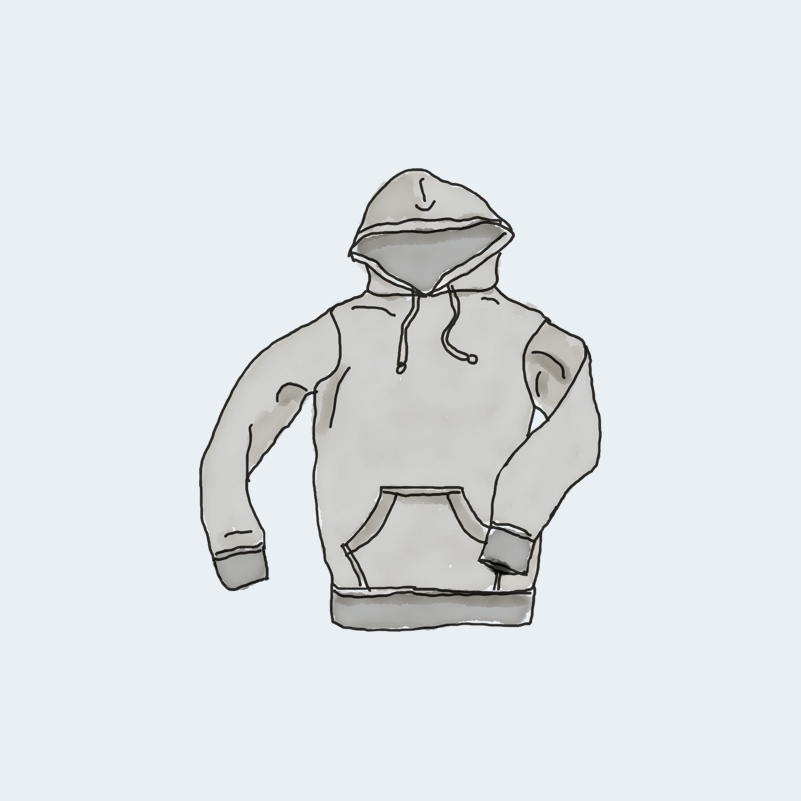 | Hoodie with Pocket | Hoodies | Original price was: $45.00.$35.00Current price is: $35.00. | | |
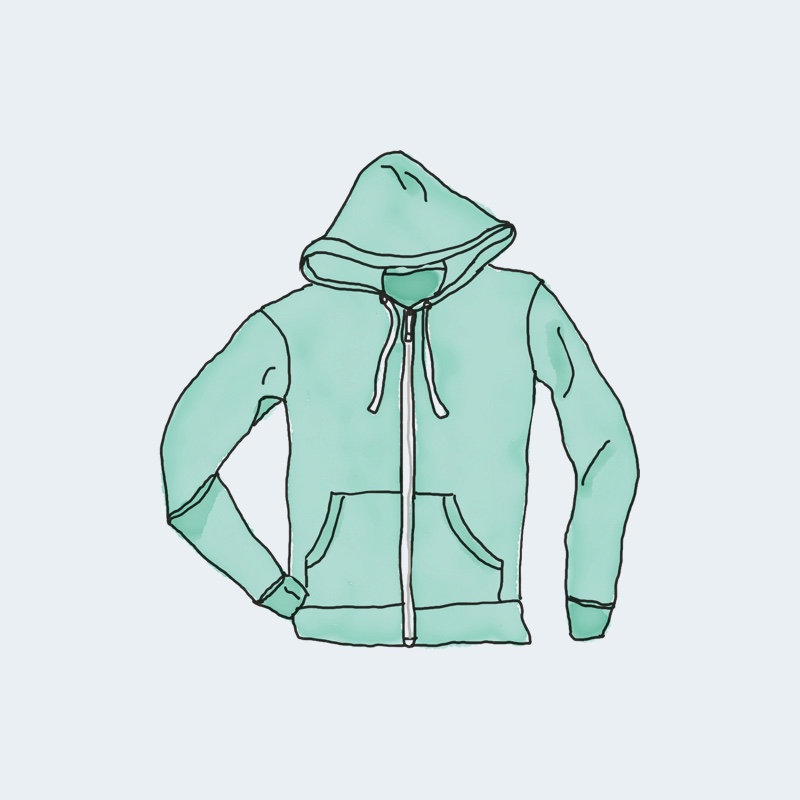 | Hoodie with Zipper | Hoodies | $45.00 | | |
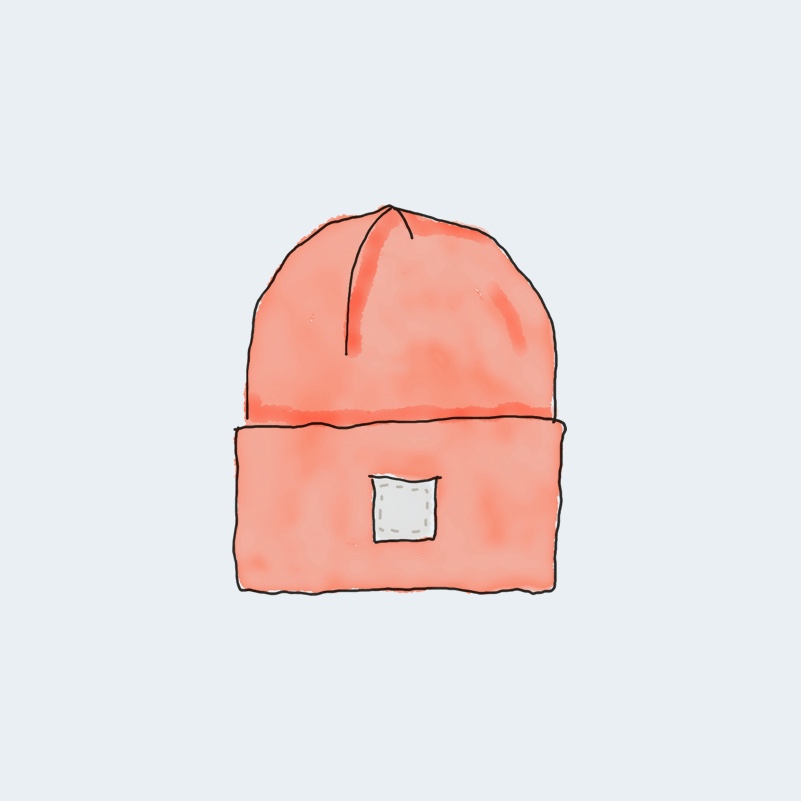 | Beanie | Accessories | Original price was: $20.00.$18.00Current price is: $18.00. | | |
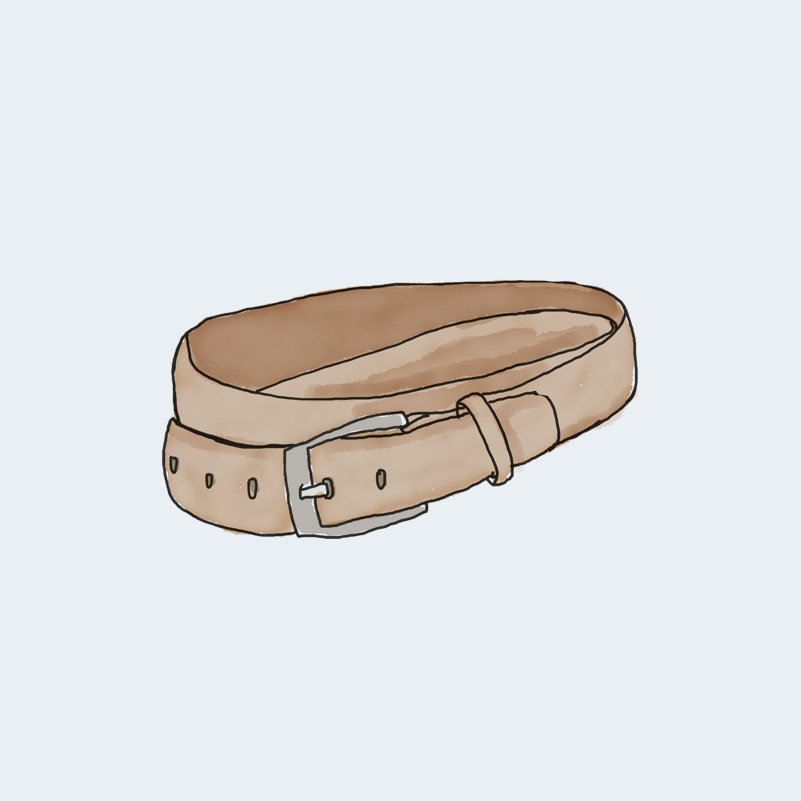 | Belt | Accessories | Original price was: $65.00.$55.00Current price is: $55.00. | | |
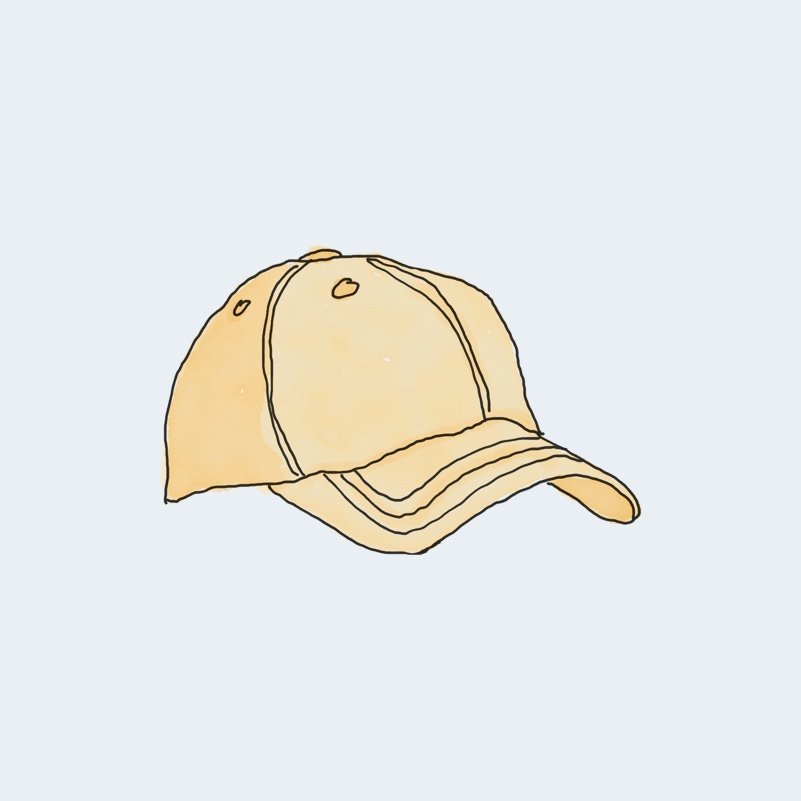 | Cap | Accessories | Original price was: $18.00.$16.00Current price is: $16.00. | | |
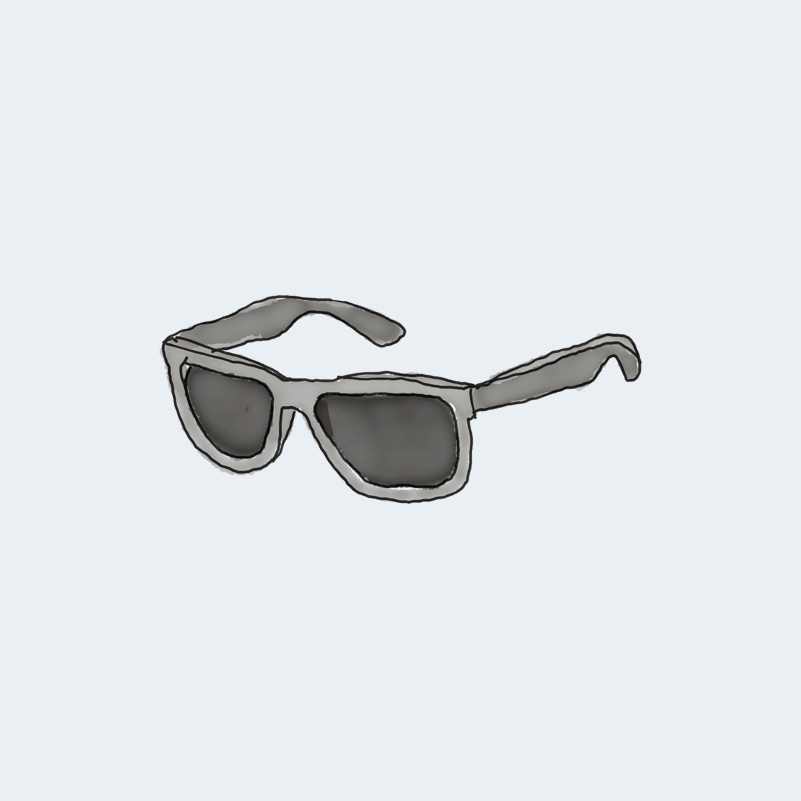 | Sunglasses | Accessories | $90.00 | | |
 | Tank Top | Tanktop | Original price was: $45.00.$40.00Current price is: $40.00. | |
Courtesy of Ninja tables
Infinite Scroll for Content Discovery
Infinite scroll has become a staple of discovery-driven interfaces. It works best when users are not looking for one specific item but are instead browsing to see “what’s out there.” Like social feeds, news sites, inspiration, or curated galleries like Pinterest.
The main advantage is effort. When used carefully, infinite scroll works well for open browsing. It creates flow, increases exposure to content, and feels natural on mobile. But it needs extra support to avoid frustration and keep the experience flawless.
Used in the right context, infinite scroll increases time on site and drives more interaction. For platforms built around content discovery, it creates a browsing rhythm that encourages users to see more than they planned.
Infinite Scroll vs Pagination SEO
Search engines don’t “scroll”- they follow links to crawl and index content. This makes pagination and infinite scroll fundamentally different in how they serve the SEO purpose. Let’s break it down clearly:
Crawlability
Infinite Scroll: If content dynamically loads with JavaScript, and those products don’t have unique URLs or crawlable endpoints, search engines miss those to count in. In that missing value, your product catalog table is invisible to organic search. To avoid this, you need fallback pagination or separate crawlable pages with unique URLs.
Pagination: It helps search engines crawl effectively. It creates a series of linked, crawlable pages. Search engines readily follow these numbered pages to index your content fully, thus better SEO optimization opportunity.
URLs and indexing
Infinite Scroll: Usually has a single URL. Without URL updates or shadow pages, crawlers may only see the initial set of content.
Pagination: Each page has a unique, stable URL. Easy for search engines to index and for users to share or bookmark.
Canonicalization
Infinite Scroll: Relies on technical fixes. Without proper canonical and URL handling, crawlers may treat it as one long page.
Pagination: Each page should self-canonicalize, not point to page one or a “view-all.” With pagination, using rel prev next canonical previously helped Google index pages, but now search engines see the order of page URL and self-canonical tags.
Content depth
Infinite Scroll: Content is technically all on one page, but may not be discoverable if crawlers stop after the initial load, which often harms more than it helps for infinite scroll SEO.
Pagination: Risk of burying content too deep (e.g., page 50 of a catalog). Can be avoided by internal links to popular or recent items.
Performance and user signals
Infinite Scroll: Can slow down if too much content is loaded in one session. Scroll depth tracking is needed for analytics.
Pagination: Loads fewer items per page, keeping performance stable. User behavior is easier to measure page by page.
A quick SEO comparison table
Factor | Pagination | Infinite Scroll |
Crawlability | Crawlable links by default | Needs fallback or extra implementation |
URLs | Unique, shareable, SEO-friendly | Usually single URL unless updated |
Canonicals | Self-canonicalize per page | Crawlers may see one very long page combined |
Content Depth | May bury content if overly densed | Risk of unindexed items beyond initial load |
Performance | Stable and lightweight, smaller payload per page, faster load. | Can become heavy as more items stack on one page. |
Analytics | Clear engagement data per page (CTR, bounce, conversions), accessible footer | Requires scroll-depth tracking to understand where users drop off |
Infinite Scroll vs Pagination UX
Now that we’re familiar with these two approaches to rendering content, we can dive into both from the perspective of delivering a satisfying user experience. Here are some major factors to consider when choosing between these content presentation options:
When infinite scroll works
- Great for exploration, binge-reading, or a content-filled platform.
- Feeds, inspiration, and curated gallery use cases benefit from uninterrupted browsing.
- It minimizes interaction cost, no pagination decisions, just “keep going.”
- It’s the epitome of low-friction exploration.
- On mobile, it shines because tapping “Next” on a small screen is tedious.
Where it bites back: It disorients users. There’s no clear sense of location, and retracing steps is frustrating. Since the UX scroll bar no longer reflects how much content is left, “a few scrolls back” often means never finding that item again. Footers slip out of reach, keyboard and screen-reader flows break, and long sessions can slow down or even crash if the table is too content-heavy. If the feed refreshes due to a shaky connection or CDN, users are left scratching their heads trying to get back to where they were.
When pagination REALLY works
Page numbers work as a cognitive anchor. It supports comparison tasks (shopping, research, forums), bookmarking, and sharing. Users can stop, resume, and collaborate more easily.
- Clear structure helps users know “I’m on Page 4 of 10”
- Perfect for comparison like product tables, catalogs, research papers, and SaaS dashboards.
- Bookmarkable, shareable, reference-friendly.
- But interrupts the “flow.” More clicks, slower browsing.
Pagination implementation tips
With UX pagination best practices in place, the experience feels even more reliable.
- Keep pages small and consistent (10–20 items) to reduce overload and speed up scanning.
- Add sticky headers so column labels stay visible while scrolling within a page.
- Include quick actions per row (compare, add to cart, save) to reduce friction.
- Use media, hyperlinks to create more interactive information within reach.
- With URL parameters, users can return to the exact page they left off.
- Show the total number of items so users know what to expect.
- Make sure filters and sorting are preserved across pages.
- Use touch-friendly buttons for “Next” and “Previous” on different devices
Ninja Tables layouts adjust automatically with mobile responsiveness. It allows users to filter by category, tags, attributes, or custom fields, helping them zero in on the exact product or dataset they need.
Infinite scroll implementation tips
- Low-code fixes that punch above their weight
Add a sticky “Back to Top” and “Jump to filters” button. - Preserve scroll position when navigating from the detail to the list.
- Use windowing/virtualization (only render what’s visible, plus a buffer) for long lists; this keeps the UX smooth without a massive DOM.
- Traditional footers may be difficult to access due to the never-ending scroll. In such cases, it’s advisable to include a fixed or sticky navigation bar to ensure access to footer links.
The Hybrid Solution: A visible ‘Load More Button’ can strike a balance. It reduces overwhelm, gives users small milestones, and prevents pages from growing endlessly long. Where pagination on mobile can sometimes feel clunky, this approach works especially well. Research shows good results, but also highlights pitfalls to watch out for, such as losing scroll position or breaking item context.
Specific Use Cases
- E-commerce category lists: Pagination usually wins. Shoppers compare, backtrack, and bookmark.
- News & content feeds: Infinite scroll boosts session length, but consider ad viewability, footer CTAs, and “where am I?” Use infinite for home/river; switch to pagination for archives.
- Forums & knowledge bases: Pagination. Users cite exact pages in discussions and support tickets; search engines thrive on page-level URLs.
- SaaS dashboards & data tables: Pagination or hybrid (with Load More). It helps performance and keeps the state predictable across filters/sorts.
- Inspiration galleries & social: Infinite scroll is the native pattern, just keep consistent orientation.
Quick decision matrix
Are scrollable tables still a good ux practice? You must be wondering. Well, to sum up everything we talked about earlier-
Pagination works best when users need structure and control. In product tables, comparison lists, or WooCommerce catalogs, numbered pages create clear breakpoints, make scanning easier, and let shoppers return without losing context.
Infinite scroll fits discovery-driven experiences. It keeps content flowing in inspiration galleries, news feeds, or community uploads, encouraging exploration and longer sessions. Advanced filters make it even more useful by guiding the flow without breaking it.
In practice, the best choice is often a mix. Use pagination for decision-heavy areas like product catalogs or specification tables, and infinite scroll for visual or idea-driven sections where browsing matters more than precision.
Scenario | Best Fit | Why It Works |
Social or News Feeds | Infinite Scroll |
|
E-Commerce Category Pages | Pagination or Hybrid |
|
WooCommerce Product Tables | Pagination |
|
Forum / Q&A Archives | Pagination |
|
Large Data Tables (SaaS/CRM) | Pagination |
|
Mixed Editorial Hubs | Hybrid (“Load More”) |
|
The Psychology of Scroll and Click
The decision between infinite scroll and pagination isn’t aesthetic. It ties directly to how people process information, manage attention, and make decisions online.
- Attention rhythms differ.
Infinite scroll works with continuous attention. The brain locks into a rhythm where each new item requires minimal re-engagement. This is why feeds feel frictionless; you don’t consciously reset.
Pagination imposes punctuated attention. Each page boundary forces a micro-break. These breaks aren’t just interruptions — they allow users to reorient, skim options, or decide whether to continue. For focused tasks, these pauses lower cognitive fatigue rather than raising it.
- Memory formation changes.
Scrolling blurs boundaries. Users often recall the content they saw but not the location. This makes “I saw it a few scrolls back” a common frustration.
Pagination creates positional memory anchors. “It was on page 3, mid-way down” is easier to recall because pages act like chapters. In research-heavy tasks like academic databases, product catalogs, these anchors improve re-findability.
- Decision-making pressure shifts.
In an infinite scroll, the option set is theoretically endless. This keeps discovery alive, but can increase decision deferral- users keep scrolling rather than choosing.
Pagination frames decisions in bounded sets. 20 products per page signals: “Here are your options in this slice.” People evaluate more seriously because the boundaries reduce the sense of “what if something better is just below.”
- Intent matters more than demographics.
The same user may prefer infinite scroll when browsing inspiration on Pinterest at night, but demand pagination when filtering laptops for work. This shows the psychology isn’t about “who” but what mindset they’re in and what you’re presenting: exploratory or evaluative.
Final Word
Both approaches have their place. Infinite scroll works best when the goal is discovery and continuous engagement. Pagination works best when the goal is structure, findability, and SEO clarity. The decision should always be based on user intent, content type, and performance considerations.
Ultimately, the decision comes down to the pros and cons of Infinite Scroll vs. Pagination: Which one to choose? The answer depends on your users, your content, and the technical requirements of your site.
- If they’re explorers, go infinite.
- If they’re conversion leads, stick with pagination.
- If they’re both, use hybrid.
You don’t have to take sides. Just align the pattern with intent.
The decision is yours. The data is out there. And now, so are the tools.

Ninja Tables– Easiest Table Plugin in WordPress
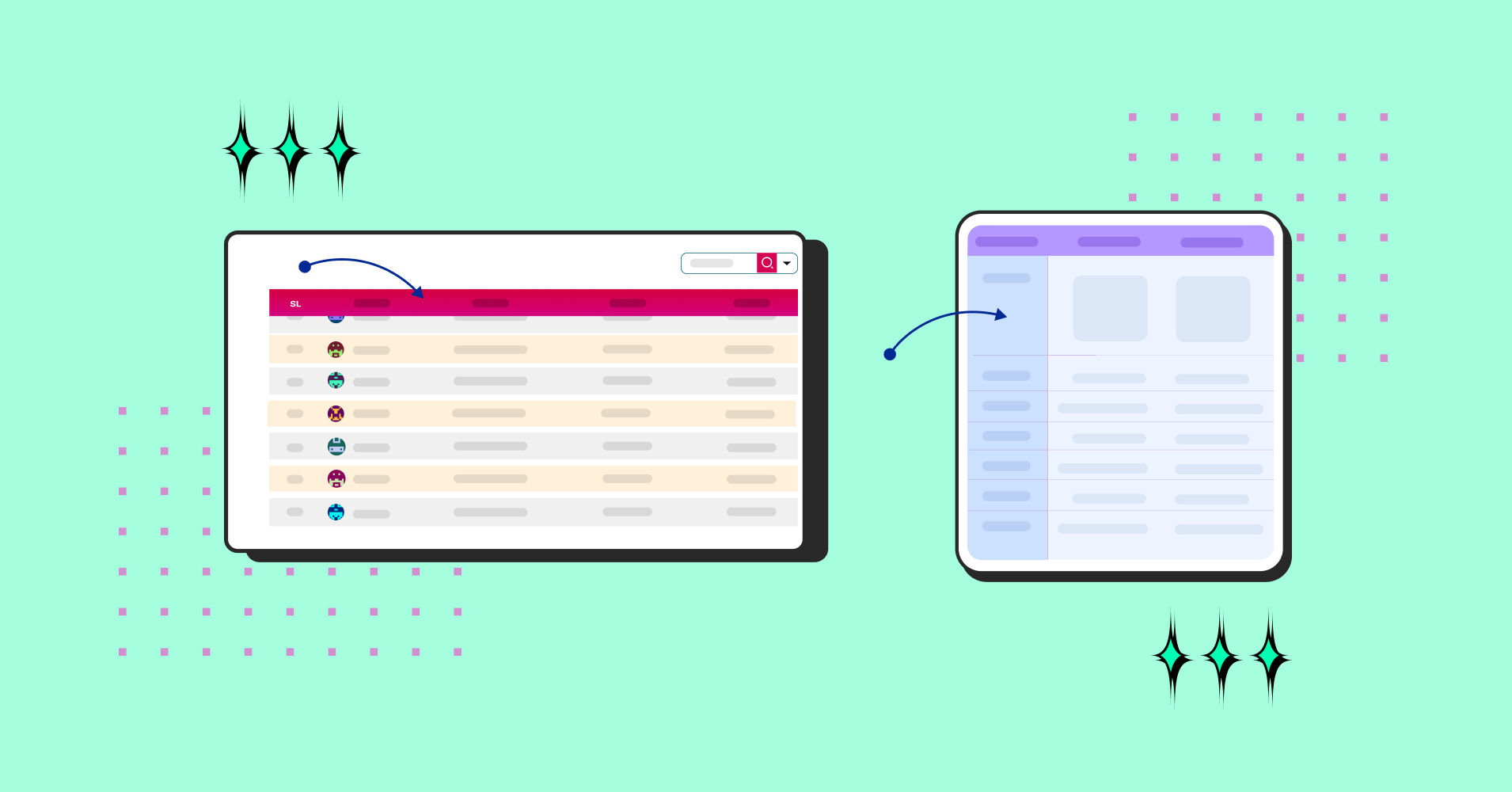
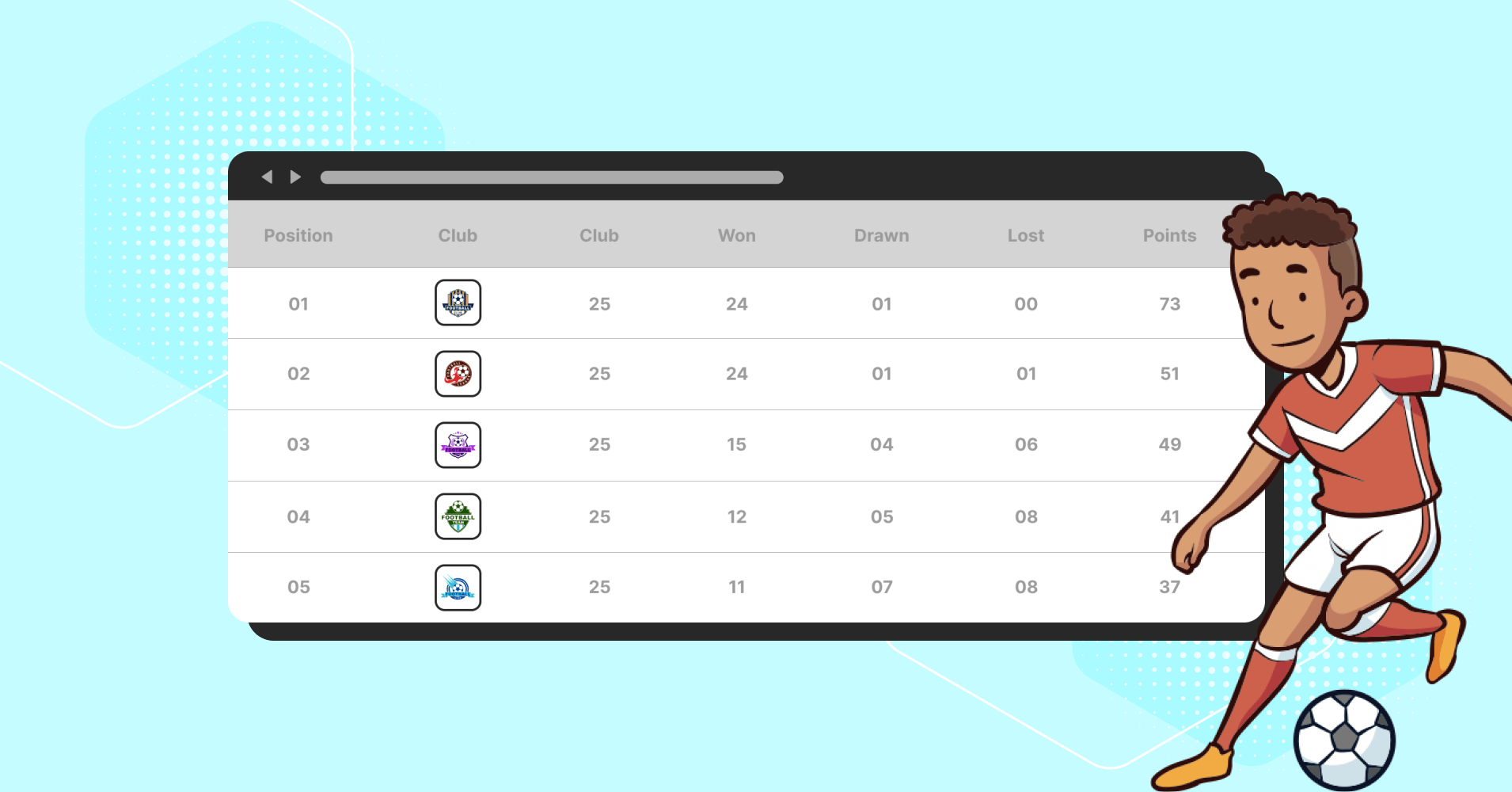
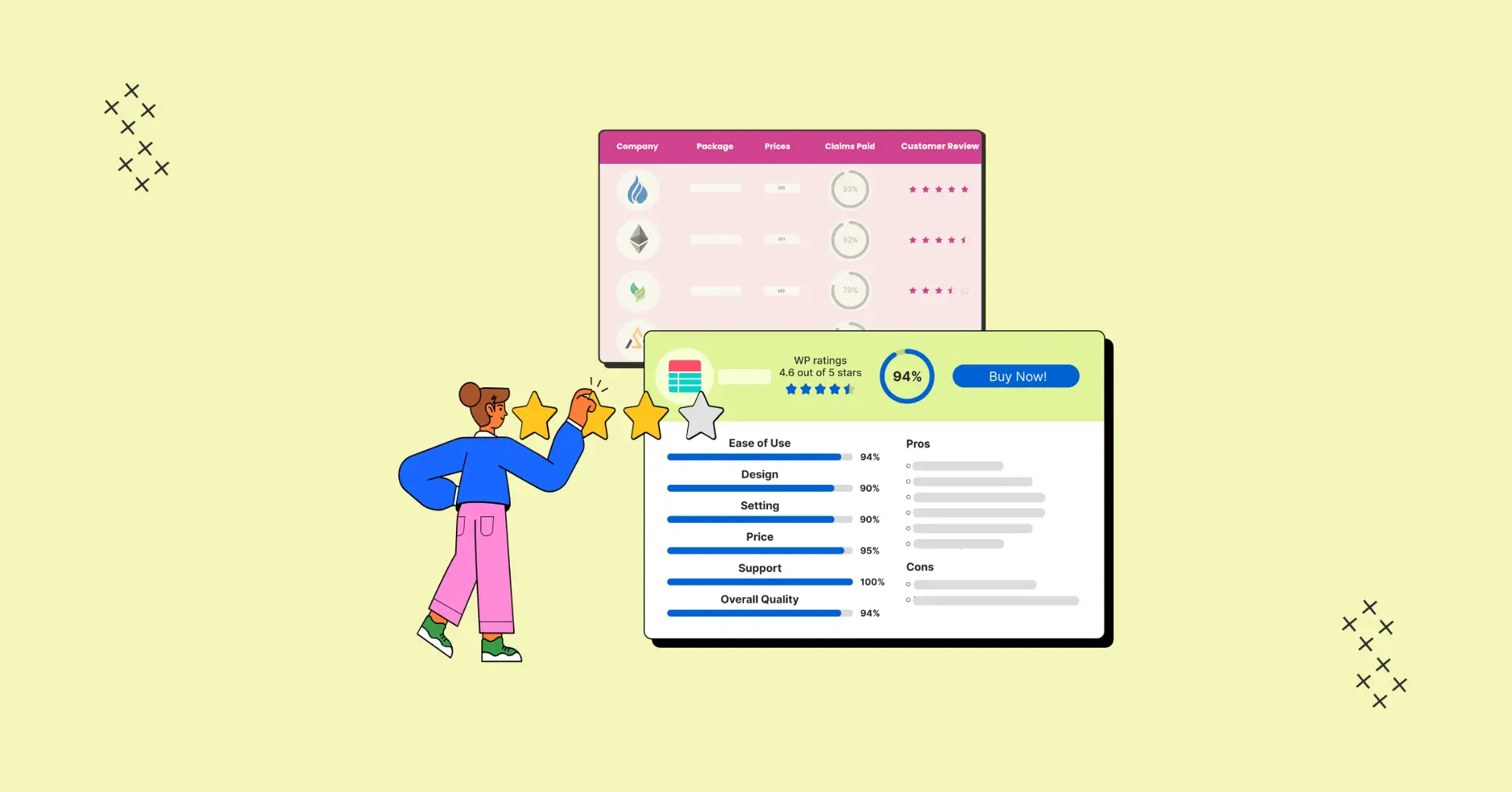
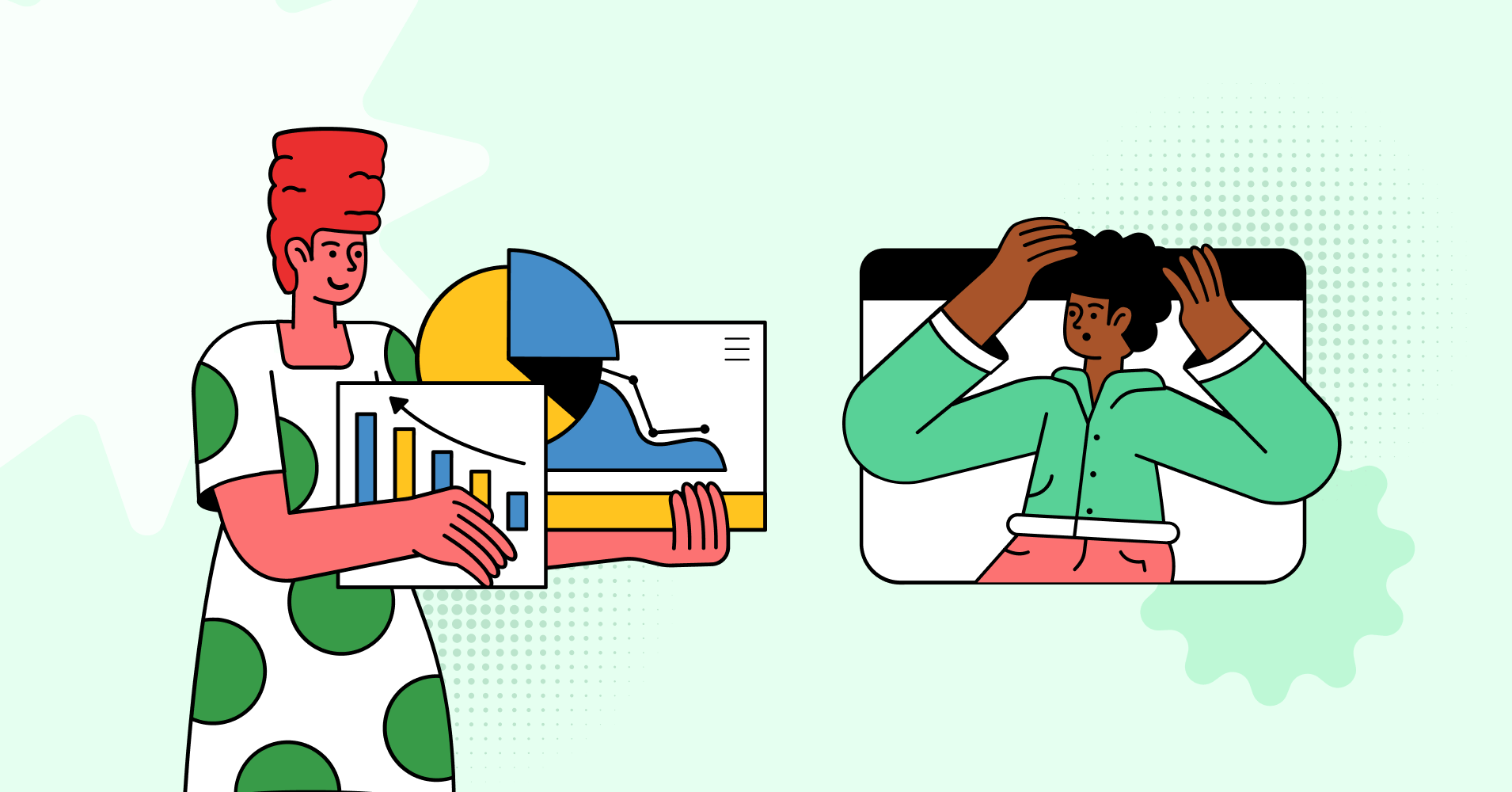
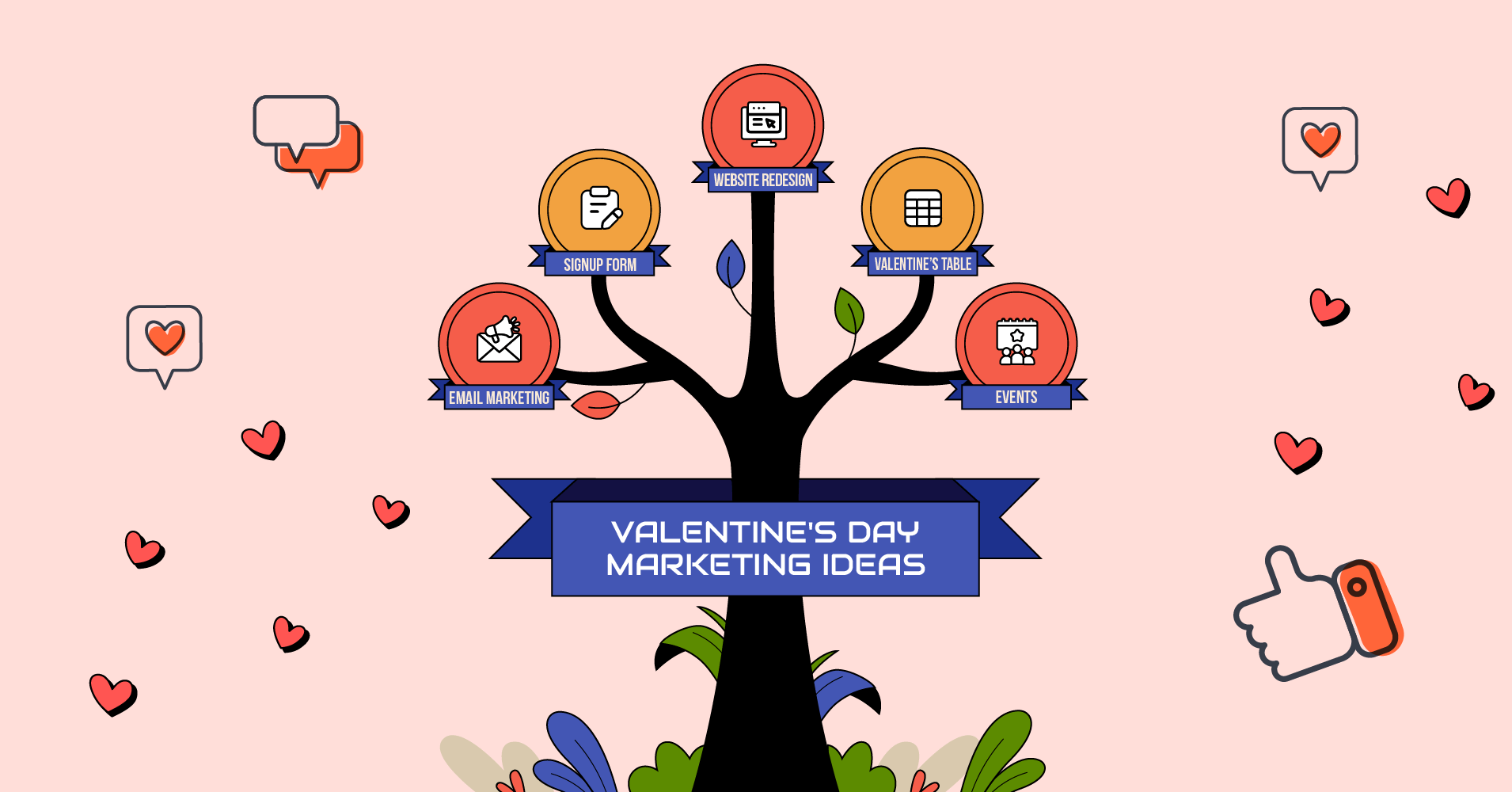
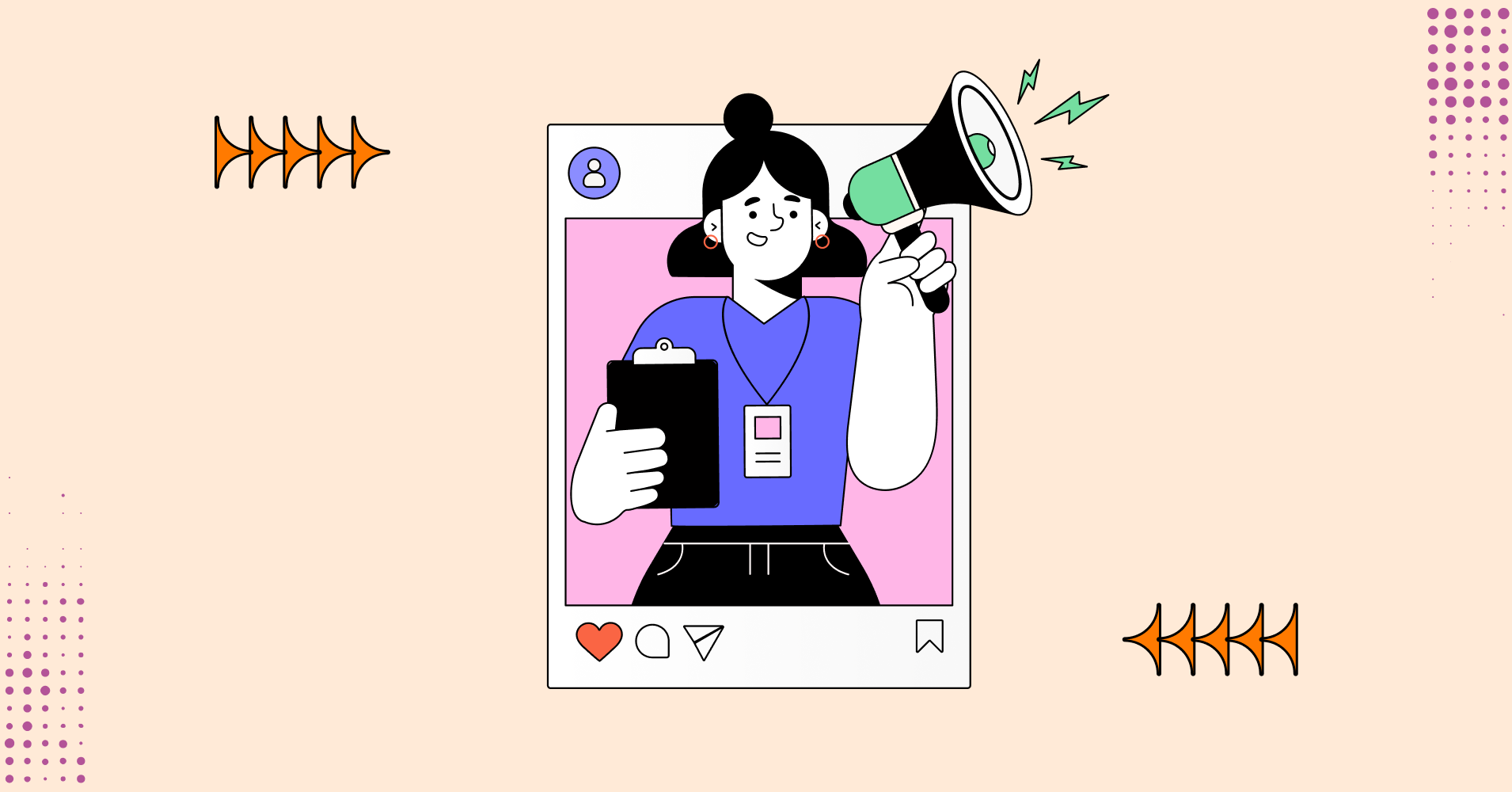
Add your first comment to this post